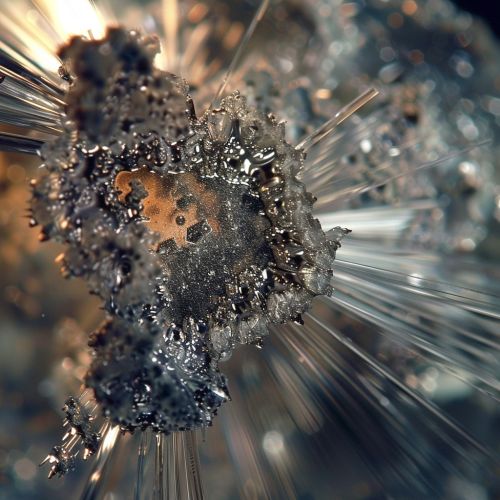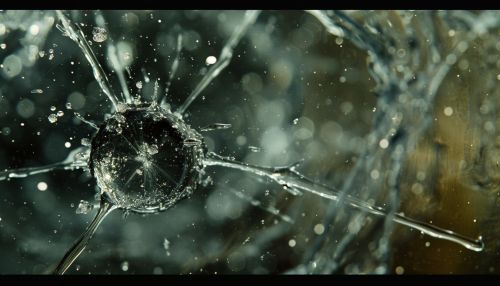Radioactive Decay
Introduction
Radioactive decay is a fundamental concept in nuclear physics and chemistry, describing the process by which an unstable atomic nucleus loses energy by radiation. This decay, or loss of energy, results in an atom of one type, called the parent nuclide, transforming into an atom of a different type, named the daughter nuclide.


Types of Radioactive Decay
There are several types of radioactive decay, including alpha decay, beta decay, gamma decay, positron emission, and electron capture. Each type of decay represents a specific method through which an unstable atomic nucleus loses energy.
Alpha Decay
In alpha decay, the unstable parent nuclide emits an alpha particle, which consists of two protons and two neutrons. This results in the formation of a new atom with a lower atomic number and atomic mass.
Beta Decay
Beta decay is characterized by the transformation of a neutron into a proton, or a proton into a neutron. In beta-minus decay, a neutron transforms into a proton, an electron, and an electron antineutrino. Conversely, in beta-plus decay or positron emission, a proton transforms into a neutron, a positron, and an electron neutrino.
Gamma Decay
In gamma decay, the nucleus decays from an excited state to a lower energy state through the emission of gamma radiation. Unlike alpha and beta decay, gamma decay does not result in a change in the number of protons or neutrons in the nucleus.
Positron Emission
Positron emission or beta-plus decay involves the transformation of a proton in the nucleus into a neutron, a positron, and a neutrino. The positron is the antimatter counterpart of the electron.
Electron Capture
In electron capture, a proton-rich nucleus absorbs an inner atomic electron, transforming a nuclear proton into a neutron and simultaneously emitting a neutrino.
Decay Chains
A decay chain refers to the sequential decay of a radioactive parent nuclide to a specific daughter nuclide through a series of transformations. The decay chain can include any number of alpha and beta decays.
Decay Rate
The decay rate of a radioactive substance is characterized by its half-life, which is the time required for half of the atoms in a sample to decay. The half-life is a statistical measure, and it varies widely among different isotopes.
Applications of Radioactive Decay
Radioactive decay has many practical applications, including medical imaging, cancer treatment, power generation, and as a research tool in many scientific fields.
Medical Imaging and Treatment
In medical imaging, radioactive isotopes are used to create images of the body's internal structures. In cancer treatment, radioactive substances are used to kill cancer cells.
Power Generation
Radioactive decay is the process that fuels the operation of nuclear power plants. In these plants, the heat generated by the decay of uranium or plutonium is used to produce steam, which drives turbines to generate electricity.
Scientific Research
Radioactive decay is also a valuable tool in scientific research. For example, radiometric dating techniques rely on the predictable decay rates of certain isotopes to estimate the age of a variety of materials, including rocks, fossils, and archaeological artifacts.
Safety and Health Concerns
While radioactive decay has many beneficial applications, it can also pose significant health risks if not properly managed. Exposure to high levels of radiation can cause a range of health effects, from skin burns and acute radiation sickness to long-term risks such as cancer and genetic damage.
